WHEN RECYCLING IS GOOD FOR THE ENVIRONMENT, THE EYE AND THE SOUL - DEMOLITION WASTE'S SUSTAINABILITY JOURNEY
2024-06-11

With bricks and windows from the demolition of the old ESBE building, Henrik and Magdalena were able to make their dreams of building an orangery come true.
When ESBE decided to demolish the old production building to make room for future visions, one of the sustainability goals of the demolition project was that as much of the material in the building as possible would be reused. To minimize waste disposal, leftover materials were allocated to employees and some of it were sold to the public at reduced prices.

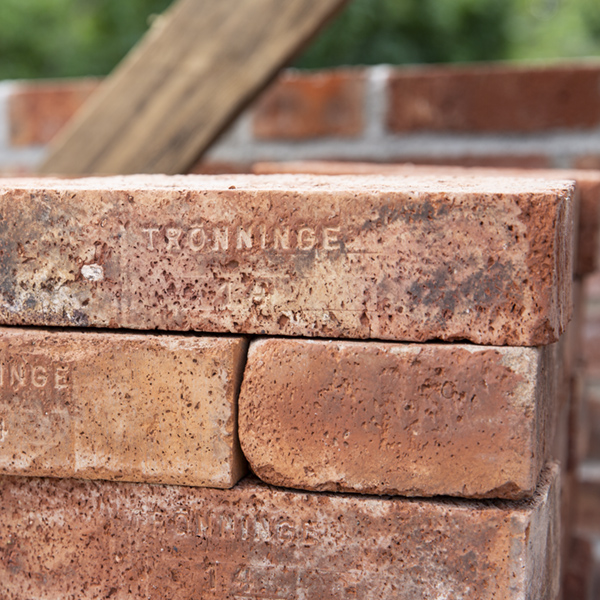
► Recycling is using things again. Or repair, renovate, patch and fix. We can see our things as cats and give them nine lives. Instead of just giving them one life, with environmental destruction and escalating climate crisis, heat waves and loss of biodiversity as a result.
► Recycling is sorting the material and, in the best case, processing it and creating new material. But - this often leads to new emissions, transport and energy consumption.

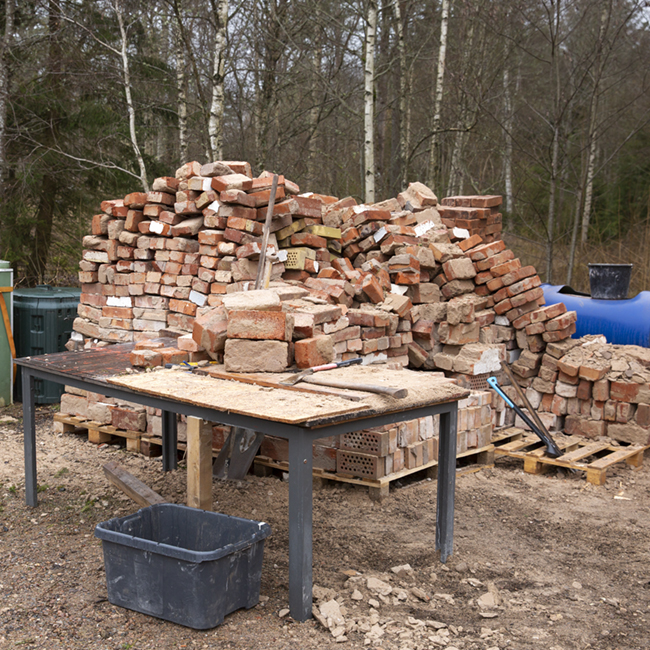
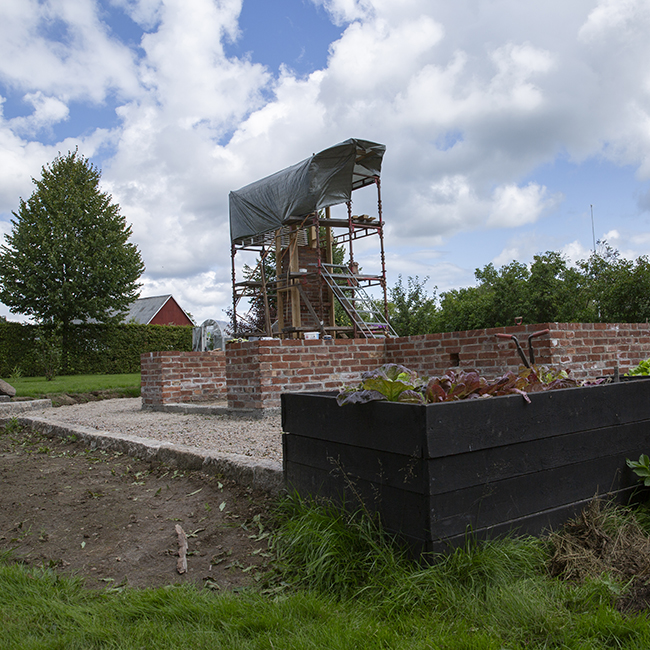
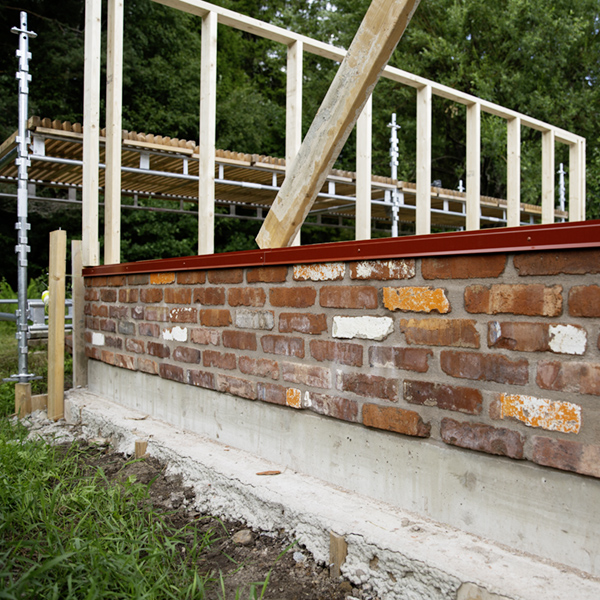

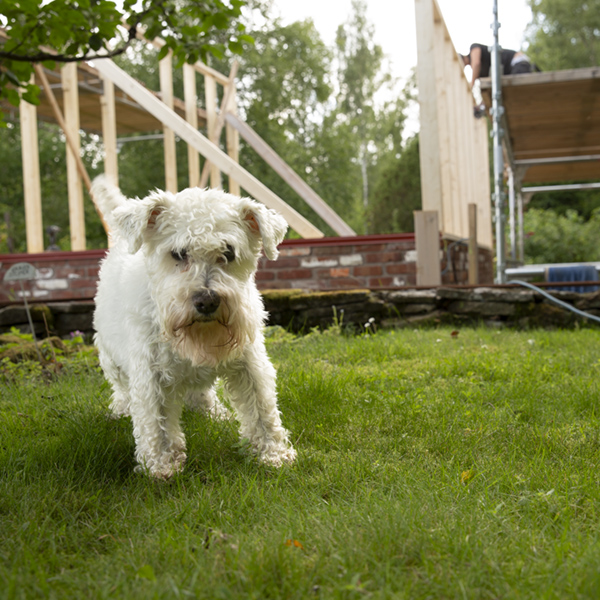
Traditional orangery
A magnificent orangery, in appearance similar to a conservatory from the past with a lot of character, is beautifully located right next to the house where Henrik and Ulrika Hallberg live. The substantial ridge height and the generously sized surface in the new building (inside 45m²) provide a lovely space.
"Our orangery is not quite ready yet, but we love being here," says Henrik and invites us to take a sneak peek.
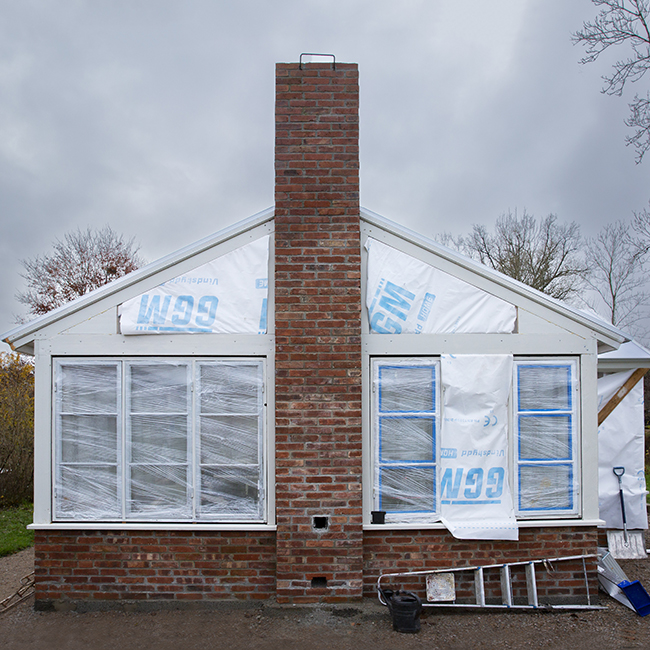
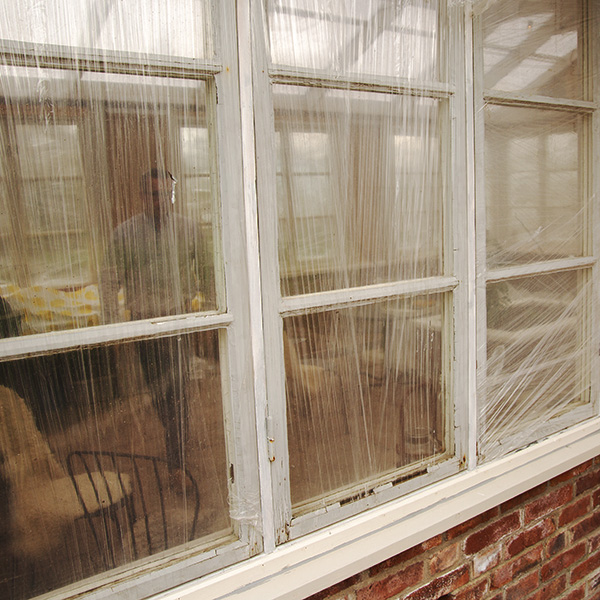
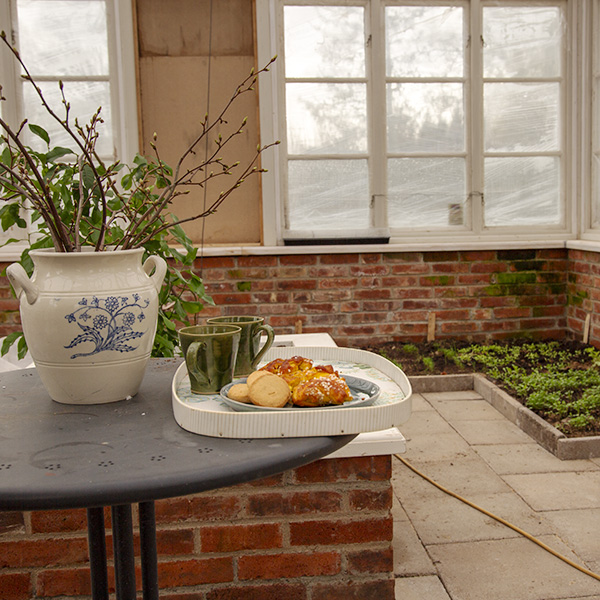
Why did you want to build an orangery?
Both my wife Ulrika and I have a great interest in cultivating and wanted to extend the growing season in our garden. When the opportunity arose to use old windows and bricks from the demolition of an old house at ESBE, we got the idea to create this orangery, where we can combine cultivations with a weather-protected patio.
Why did you choose to use recycled material?
Using recycled material is circular and environmentally friendly. For us, the recycled material has a feeling. Bricks and windows are from the old factory building, doors are re-used doors from our own house, which was built in 1911, ground tiles in the orangery are re-used paving stones from Ås parish home, the granite curb is also reused.
Building with reuse takes time, says Henrik further. Significantly longer than building new. We have done pretty much everything ourselves, we have a little hobby carpentry in our experience bank, but we have not done masonry before. 3,300 stones have been cleaned and approx 3,000 have been used!
Is it green in the orangery?
The first sowing with various salads, herbs and spices is done, potatoes that are sprouting. Chili and tomatoes will move out to the orangery during the day. Fig trees and lemon trees are planted.


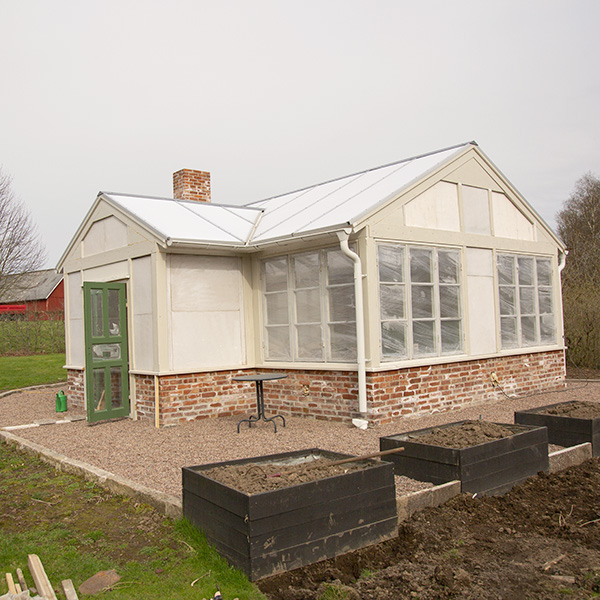
What will be the next step for the orangery?
March has been focused on completing the outdoor environment with curbs and gravel paths. The main focus in the near future will be to further prepare for the growing season and to begin work on adding more windows in the gable ends and entrance section. The wooden structure needs to be finished painted, and we will start the work of puttying and painting the reused windows from the old factory.
Sustainability is in ESBE DNA
ESBE has a long-term investment plan for not only the business, but also how we can reduce our environmental impact. We do our best to follow the global goals for, for example, sustainable industry, innovations and infrastructure - one of the 8 goals divided into Environment, Society and Economy that ESBE has identified as most important for its operations and for its stakeholders. Energy efficiency of ventilation systems and heating systems, as well as an action plan for soil remediation of older pollution in the factory area are some examples.
Read more in this year's sustainability report >>
Orangery with a modern touch
A small yellow cottage surrounded by guest houses, an outdoor privy and storage sheds is beautifully nestled in the Småland landscape. Magdalena Skogsfors' garden in the middle of the forest is a creative oasis where you can really feel that gardening can be joyful and wonderful! A low stone wall gently separates the large garden from a wild meadow where you can glimpse sheep and lambs.
Now there is also a small tasteful orangery designed by Magdalena herself, who then enlisted the help of local carpenters and masons for the construction. The white windows from the ESBE building have been treated with black tar oil, as has all the exterior wooden construction.
The clean wood inside the orangery becomes a harmonious design language in tunefulness with all the greenery. Here you can inbreathe and feel close to nature.
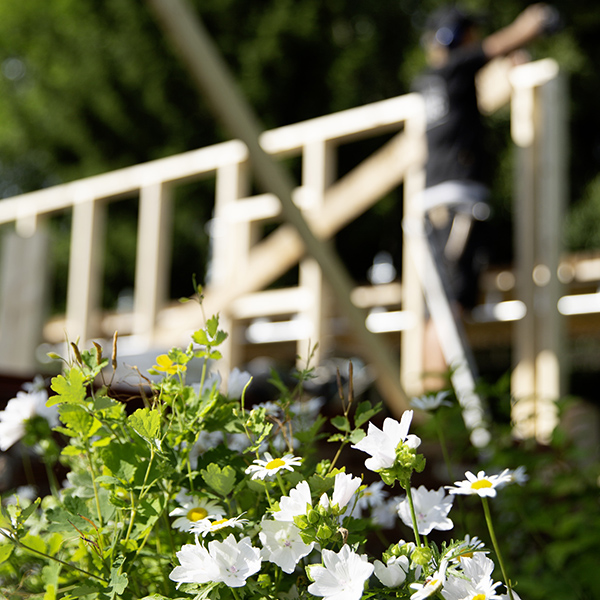
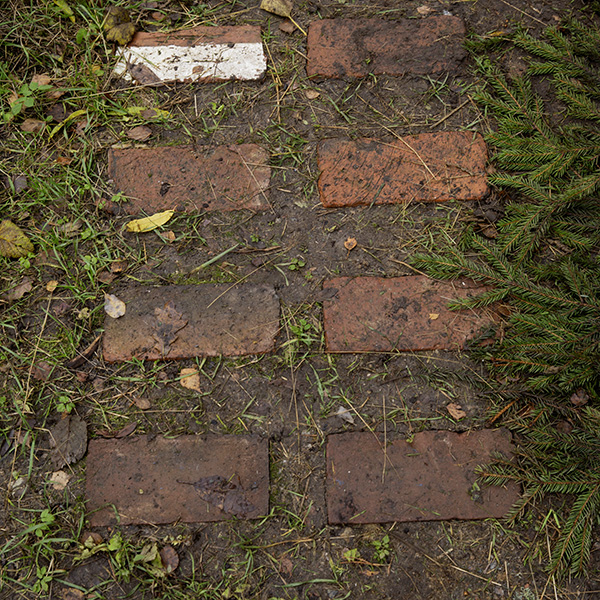
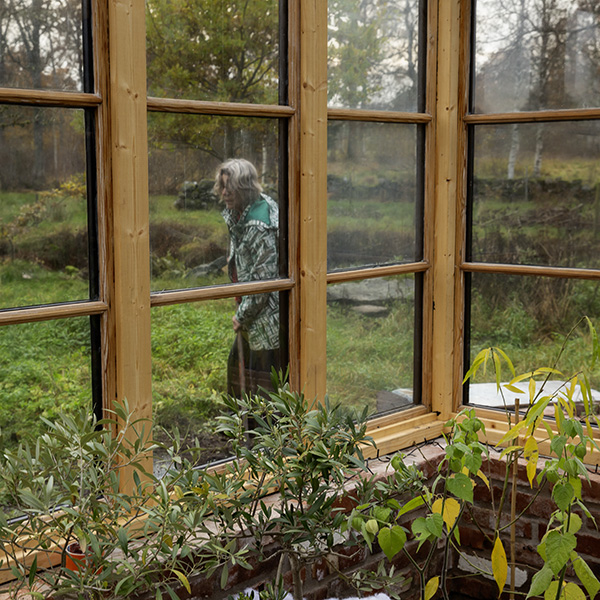
Why did you want to build an orangery?
I want to be able to expand my cultivation with more heat-demanding plants and have a longer season. Eg grapes, figs, peaches, melon and more. The orangery will become a place for refinement and replanting, but also a place for socializing and resting.
Why did you choose to use recycled material?
To minimize her environmental impact, Magdalena always chooses reuse first.
Brick is one of the few facade materials that can be fully circular, she says.
It has a long lifespan; with proper maintenance, bricks can last for hundreds of years. The fact that you can then go through another cycle without compromising on quality is quite unique. And it's beautiful.
Even the furniture in the orangery is recycled, bought at an auction.
What was the most fun part of the project?
For me, the whole building process was fun - seeing my plans take shape in the hands of a skilled craftsman. The hardest part was waiting for the project to start!
What are your plans for spring and summer?
It's starting to get green in the orangery now, and the plants need to be repotted and put out into the garden. There's a lot to do here, but when the day's work is done, I can retreat to the orangery and enjoy.

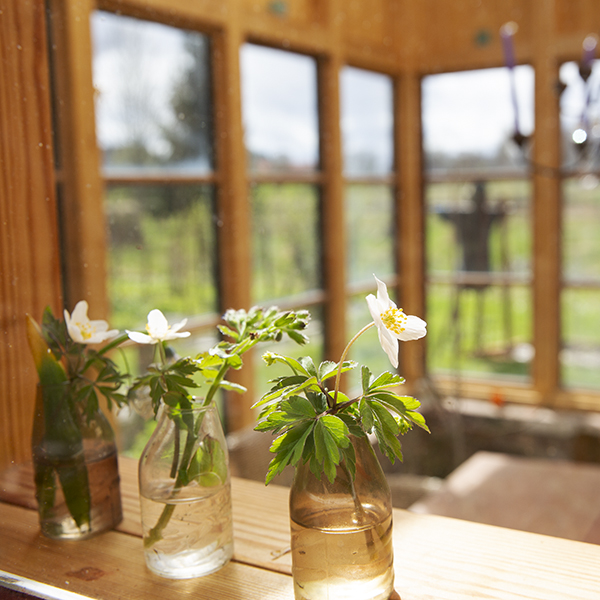
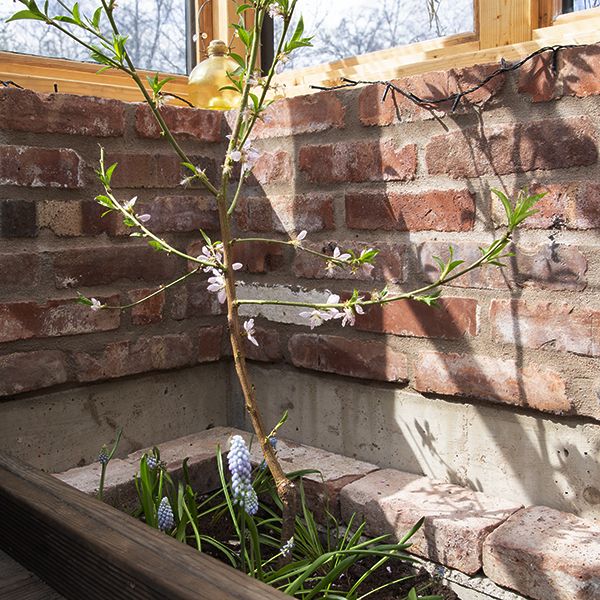
From patches of grass and piles of bricks to sensual spaces for cultivation and inspiration
Recycling bricks is good for both the environment and the eye. It's a beautiful and durable material. Through ESBE's initiative to donate bricks and windows to employees, at least two dream projects have been realized and at the same time we have done a good thing for the environment. Feels pretty good!
Relevant links:
Long-term and sustainable work is found in ESBE’s DNA >>
ESBE och corporate social responsability >>
Sustainability is in our DNA >>




















